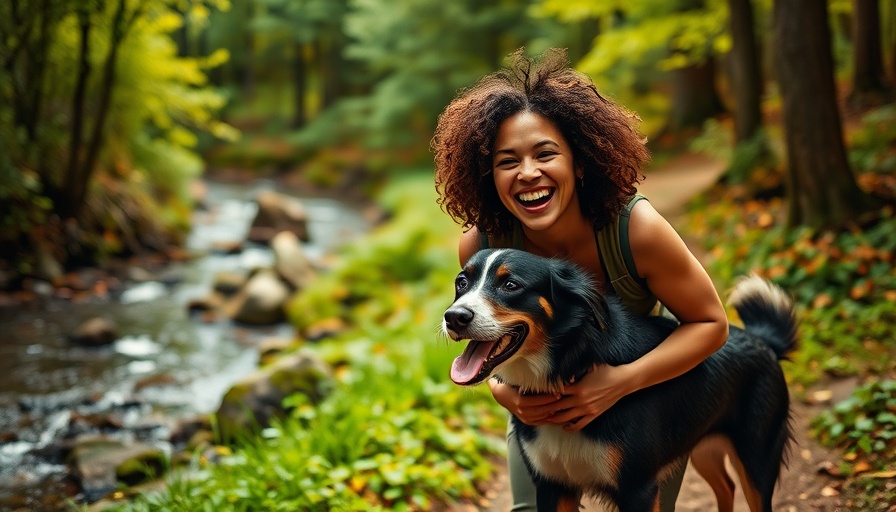
Dogs and Alcohol: A Dangerous Mix
Humans have been enjoying beer for thousands of years, but when it comes to man's best friend, the story is quite different. The question arises, can dogs drink beer? The short answer is a resounding no. Although the history of dogs and beer intertwines closely with human history, it's vital to understand that dogs' biology does not accommodate alcohol consumption in the same way humans enjoy a drink. While a small sip may appear harmless, it can have perilous consequences for our furry companions.
The Perils of Alcohol Poisoning in Dogs
Alcohol is toxic to dogs, and they are far more susceptible to its effects than humans. Even small amounts can lead to alcohol poisoning, meaning we must be vigilant about what our pets consume. Alcohol is quickly absorbed by the dog’s gastrointestinal tract and metabolized by the liver, which can lead to severe disruptions in their neurological function. Within minutes to a few hours after ingesting alcohol, your dog could exhibit signs of distress.
Recognizing Symptoms of Alcohol Poisoning
It’s essential for pet owners to be aware of the symptoms of alcohol poisoning in dogs. These can include:
- Lethargy: Your pup may seem unusually tired or sluggish.
- Unsteady Walking: Difficulty in maintaining balance can indicate a problem.
- Difficulty Breathing: A sign of severe distress that requires immediate attention.
If you suspect that your dog has ingested alcohol, it’s critical to consult your veterinarian right away. The Pet Poison Helpline is another valuable resource for pet owners who find themselves in this alarming situation.
Why Are Dogs Drawn to Beer?
Many dog owners have noticed their canine companions showing interest in their drinks, including beer. Some people speculate that dogs are attracted to beer's sweet taste or the aromatic profiles that hide beneath the bitter ethanol. However, it’s crucial to remember that their curiosity does not equate to safety.
Dogs that receive human food—especially those treated with table scraps—often desire what their owners are enjoying without understanding the risks involved. This inclination is yet another reason to ensure that alcoholic beverages are securely stored away from pets.
Responsible Pet Ownership: Prevention is Key
The best way to protect your dog from alcohol poisoning is through prevention. Keep all alcoholic drinks out of reach, especially during festivities or gatherings where alcohol might be readily available. Education is your greatest ally in preventing hazardous accidents.
Consider creating a pet-friendly environment during gatherings by designating specific areas that are off-limits for pets. This not only protects them from alcohol but ensures a more enjoyable experience for both humans and animals alike.
What If My Dog Ingests Alcohol?
If you find that your dog has consumed alcohol, remain calm and take action quickly. Contact your vet or a pet poison hotline immediately for guidance. Time is of the essence when dealing with alcohol poisoning, so being proactive could save your dog’s life.
Beyond Beer: General Safety Tips for Pet Owners
This discussion extends beyond just alcohol; pet owners should be aware of all harmful substances within the household. Certain foods, medications, and products we use daily can pose a risk to our furry friends. Educate yourself on critical pet safety measures and consult with your veterinarian regarding any potential hazards.
Creating a Safer Environment for Pets
Being a responsible pet owner means creating a safe environment for your furry friends. Regularly review household items and spaces, ensuring that your dog does not have access to hazardous materials. Awareness and proactive measures will ultimately lead to a happier, healthier pet.
In conclusion, while it might seem amusing to consider dogs sharing a beer with their owners, it’s essential to remember that what is a treat for us is toxic to them. Keep your pet safe; they rely on you to know what's good for them. For further information on keeping your furry friend safe and healthy, seek resources that provide insight into pet care and safety.
 Add Row
Add Row  Add
Add 


Write A Comment